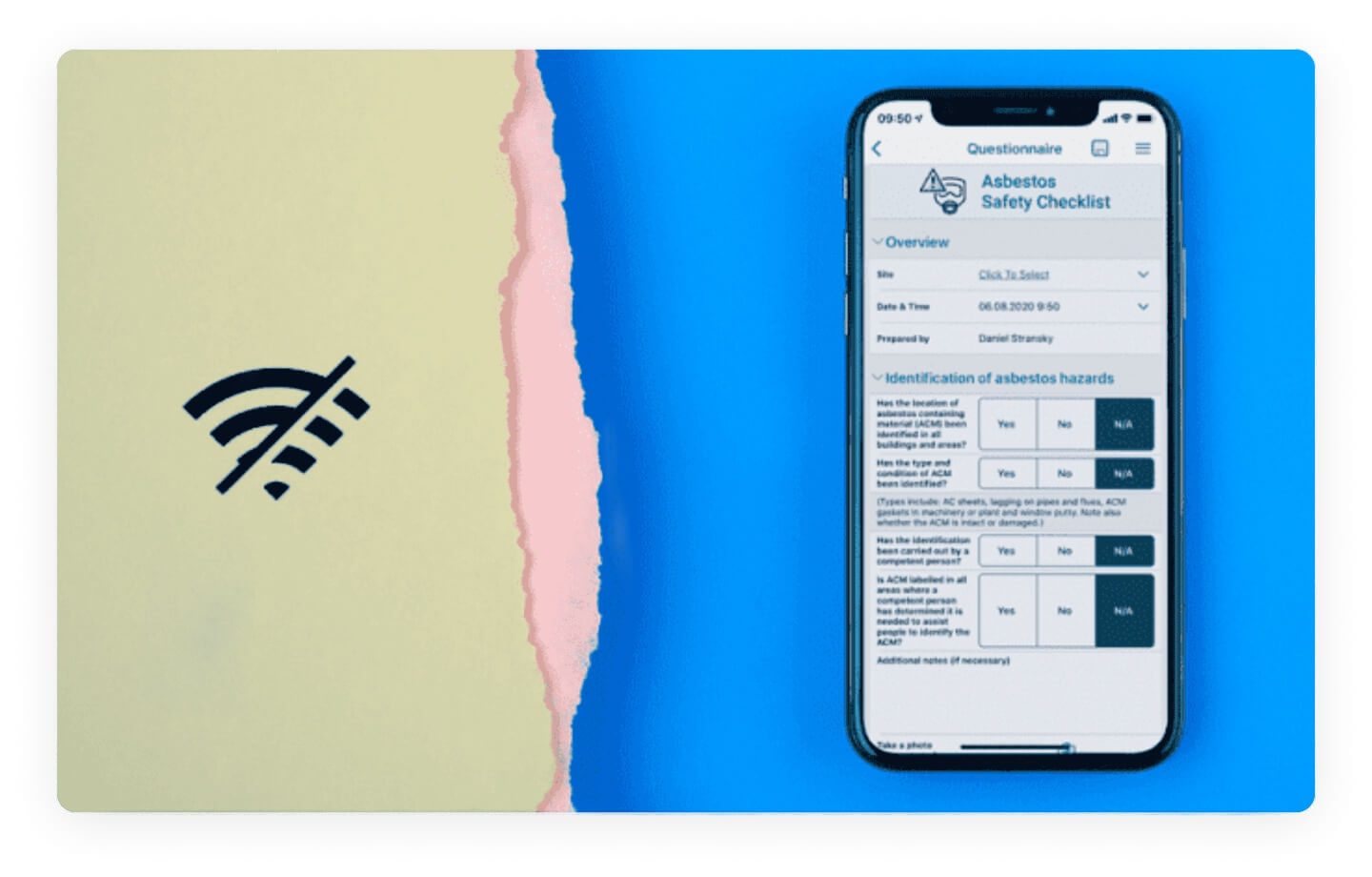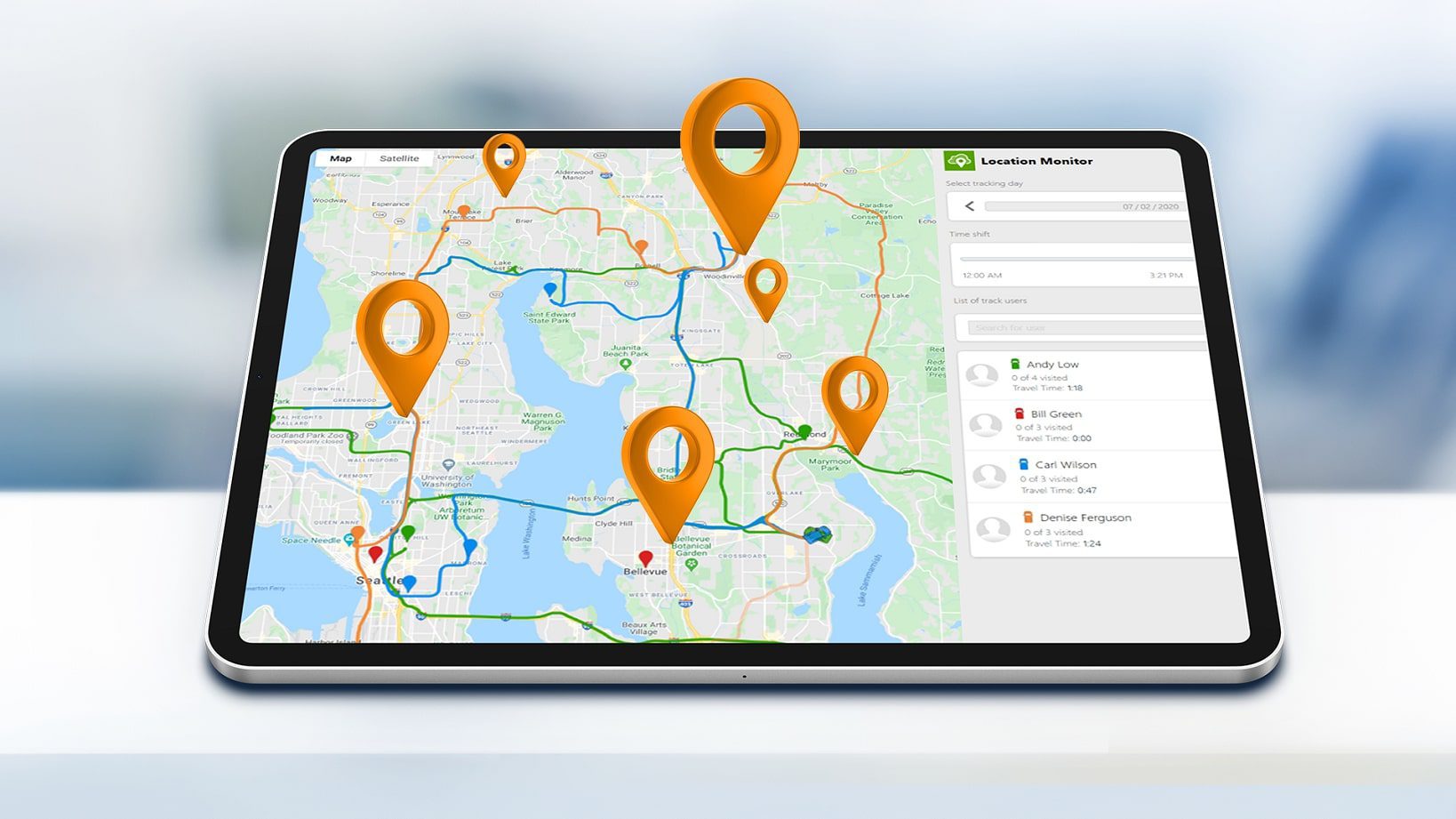Field technicians that use pen & paper to record data suffer the proverbial “paper cuts” and possibly “pen stabs” (I made that up).
Why?
Using pen and paper to record data is not easy when you’re carrying a toolbox and thinking about a gazillion problems you need to solve.
So why do they still do it?
The answer is status quo.
But is there a better way?
Consider companies in Facilities Management, Manufacturing, Household Goods, Industrial Machinery & Equipment, Energy.
It’s a herculean task to achieve the escape velocity needed to launch a company into growth mode. And the use of pen & paper by field technicians just adds gravitational force that works in opposition.
Let’s talk about some industry use cases where pen & paper is inefficient and hinders growth.
Example 1:
Take for instance Facilities Management. They tend to use either pen & paper to record data or laptops.
They are usually performing procedures and filling out forms to verify that they’ve cleaned the systems that were inspected.
Most of the time, they need signatures to meet quality control requirements.
Example 2:
How about a company in the household goods sector? They tend to take measurements of rooms and record information about the property’s conditions.
Example 3:
In the manufacturing industry, mobile apps provided by ERP systems are clunky.
At the end of the day or week, you end up doing data reconciliation which can be very painful and time-consuming.
It is sometimes worse than having a pen and paper.
Example 4:
What about the surveyor roaming from property to property with no cell phone coverage? Oh, please give him a break (or an iPhone so he can at least play solitaire).
Some reasons why field service teams may struggle to implement a better solution:
- Usually, it’s the sweat equity… taking the time to do it. Your team may ask “Who’s going to sit down and configure this thing?”
- In need of open architecture
- You desire good BI reports or the ability to hook up to a BI platform
- You need a variety of safety forms, field service forms, time sheets
- It falls on the Director of Operations’ desk, who usually doesn’t have the time to look for a better solution
- You cannot easily find something out of the box that is great and can integrate with your current systems
- Needing the right product and being able to configure it correctly are the barriers to make the change
Here are some disadvantages of old-fashioned tools in field service operation.
- Field managers cannot schedule calls efficiently – they need to make calls to the tech and give instructions.
- Field managers are not able to track the location of the tech and will not be able to optimize usage of the tech’s time.
- Some field techs carry laptops and use remote desktop via a phone connection to access backend systems for data entry. This, to me, seems like riding a horse in New York City.
- Damaging paper is easier, which leads to lost data.
- You need to allocate a dedicated employee in your back office to literally juggle your field technicians, wasting valuable resources, time and money.
Now let’s talk about a better way to handle field operations.
There’s something called a smartphone that was invented by a fruit company called “Apple” (thanks Forrest Gump, for reminding us that Apple is a fruit company after all).
Smartphones are powerful tools to help eliminate paper. If you don’t believe me, ask any kid that plays Roblox.
Field service apps on smartphones can do some cool things, and one of them is to help your field techs become more efficient and eliminate usage of the pen & paper.
The list of advantages of moving to a mobile (smartphone)-based field service system is long:
- Make sales and service scheduling simpler with easy-to-use digital scheduling
- Techs can receive and get notified about work orders on their phones
- Reduce travel time for technicians by providing location information inside the app
- Easily configurable (no code) mobile forms for data collection as your requirements change or get service additions
- Techs can be validated based on geofencing and can be allowed or denied access to clients’ premises
- Offline data capture in locations where there is no internet/cell phone connection
- Capture pictures, videos, and signatures to speed up sales and services processes
- Build a knowledge base of common problems
- Time savings for back office and techs that set the organization up for scalability
Conclusion
While there are several challenges facing the field service operations industry right now, including organization and keeping things on track, there are just as many technological solutions being created to alleviate the pain points.
Having the ideal balance of customer service and the right tech tools will help your organization to deliver a consistent, optimal experience for customers and technicians alike.
So are you ready for takeoff? Aha Apps and Resco can help you achieve the escape velocity.
This blog has been written by Satish Reddy, Chief Executive Officer at Aha Apps



